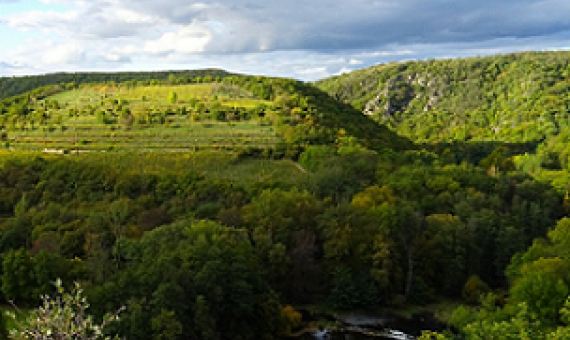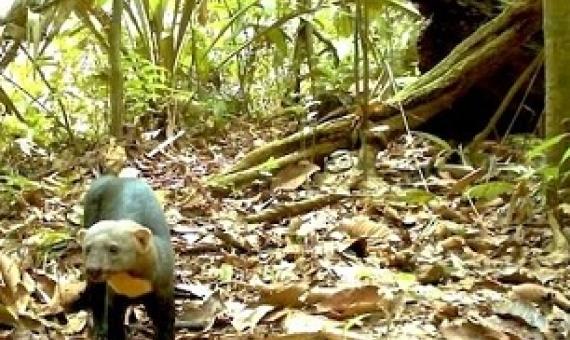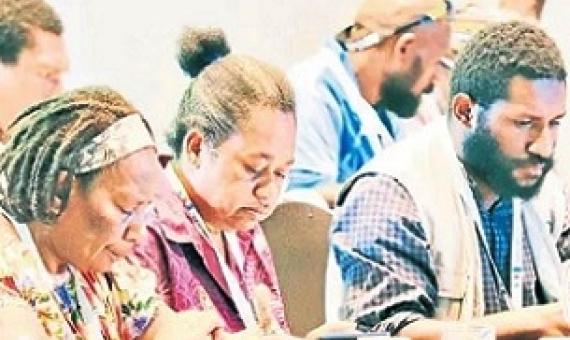Participatory monitoring drives biodiversity knowledge in global protected areas
Protected areas are central in strategies to conserve biodiversity. Effective area-based conservation relies on biodiversity data, but the current biodiversity knowledge base is insufficient and limited by geographic and taxonomic biases. Public participation in biodiversity monitoring such as via community-based monitoring or citizen science increases data collection but also contributes to replicating these biases or introducing new ones.










